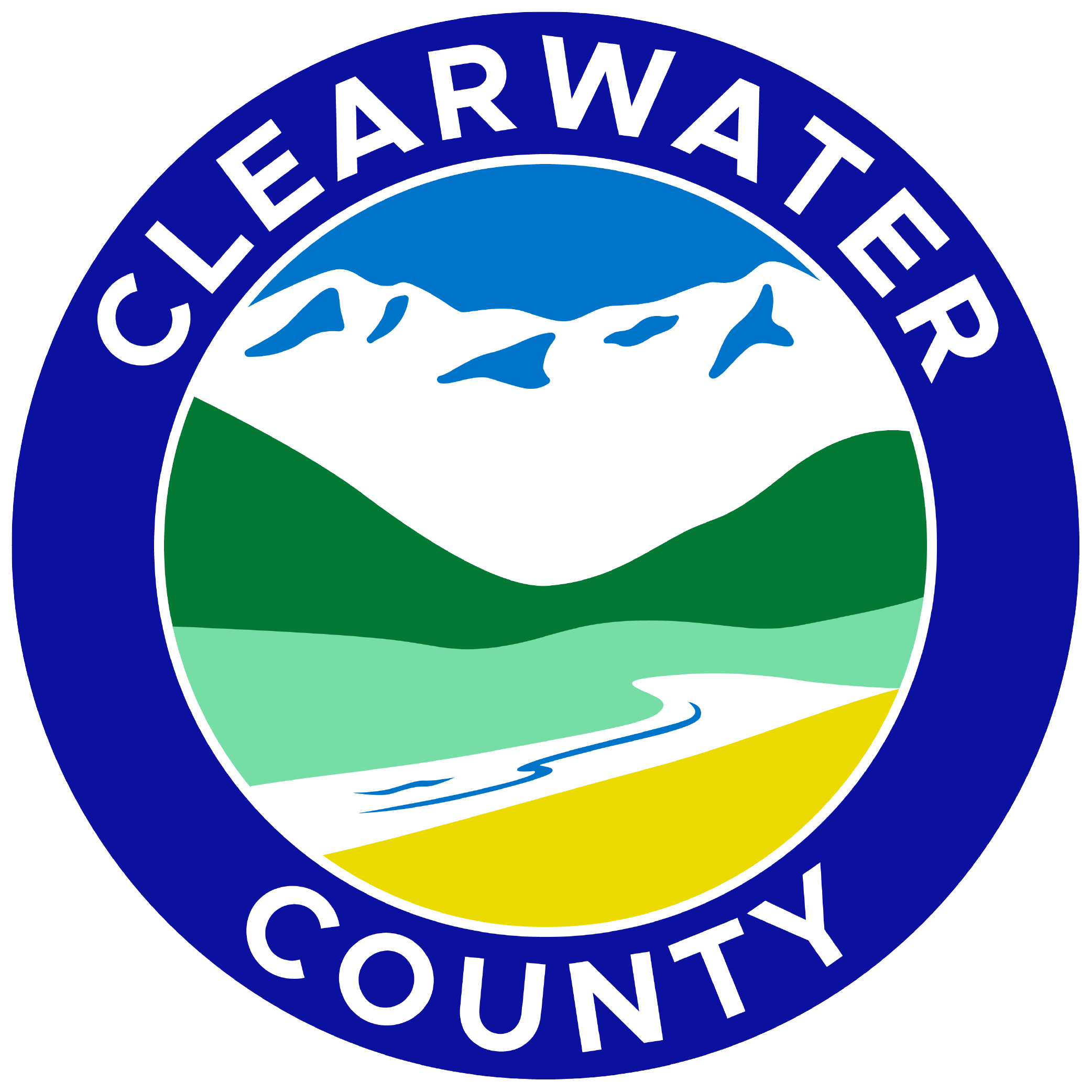
Broadband Project Progress Tracker
To view a project map as well as construction progress by area visit, CWCBB Marketplace.
Core Backbone Broadband Internet Plan
The Core Backbone Broadband Internet Plan 2020-2025 is a six-stage project that would use a combination of over 360 kilometres of fibre-optic cable and wireless towers to provide high-speed Internet connectivity throughout the County. Please see our Broadband Fact Sheet for more information about the Core Backbone Plan.
The strategy involves a Fibre-to-the-Node (FTTN) model, which brings a fibre connection to hundreds of customers within a given radius of the node. From there, Internet service providers (ISP) will deliver service from the node to the individual destination. This means the County will not be providing end-user Internet services but encouraging competition among ISPs.
The project would cost approximately $20 million and would take between three and six years to complete. After which, 85% of residents and businesses would have nearby access to the core backbone and the opportunity for high-speed Internet connectivity.
To address the County’s digital divide, Clearwater County Council has committed to building a high-speed broadband Internet network.


What will this mean for residents and businesses?
Clearwater County’s Broadband Internet Project will have significant impacts on the lives of residents and businesses. Due to population sizes, market conditions discourage Internet Service Providers (ISP) from investing in broadband infrastructure in rural areas, including alternative routes to Internet Exchange Providers (IXP) in major cities. A municipally-owned fibre-optic network would create multiple routes to IXPs and provide interconnectivity at lower scalable prices. It would also widen the service areas of existing ISPs, encourage new entrants and foster a competitive marketplace. This often translates into higher speeds, improved services and lower prices for consumers.

Speed
Clearwater County, like other rural areas in Canada, has far slower speeds than urban areas. Internet speeds, which are measured in megabits per second (Mbps), vary dramatically across the country. The CRTC has established an average speed of 50 Mbps for downloading and 10 Mbps for uploading as universal standards for adequate Internet services. While average download speeds reach over 44 Mbps in urban Canada, they average less than 4 Mbps in rural Canada. The proposed fibre-optic network would enable minimum download speeds of 50 Mbps for downloading and 10 Mbps for uploading for both fibre and wireless connections.

Service
Another major impact will be the expansion of coverage. As part of the plan, wireless technology will be deployed along the proposed routes to extend service within 15 to 20 kilometres of the network.
The implementation of the project will also enable a number of potential services, including:
- Voice over the Internet Protocol (VOIP) Phone
- Internet Protocol Television (IPTV)
- Prepaid Internet access for tourists and campers
- Agri-Tech services

Opportunity for ISP Collaboration
Clearwater County is undertaking the development of an open access broadband network and associated business plan for the Clearwater County Broadband Network. The County is seeking input from Internet Service Providers (ISPs) with the goal of aligning the business plan with both the needs of the County’s residents and businesses as well as the current and planned infrastructure and services that ISPs have available within the County.
The objective of this plan is to guide the County’s investment and direction to construct broadband infrastructure to accelerate the delivery of improved broadband services by ISPs in the County.
Individual collaboration sessions will be scheduled with each ISP during the next three weeks, utilizing on-line meeting technologies to exchange information. Interested ISPs are encouraged to email OpenAccessCWC@ibigroup.com for more information.
Public Engagement
Phase I In the fall of 2017, Council conducted a Clearwater County resident and business demand survey. Click on the links below to view the survey results and summary presentation by Banister Research. Phase II In May 2018, Council hosted three public open house meetings in Nordegg, Leslieville and Caroline as well as meetings with local Internet service providers (ISPs). While some concerns about timing and cost were raised, the majority of participants voiced support for the broadband service.
Phase III
As part of ongoing consultation efforts for the Broadband Internet Project, Administration conducted public engagement initiatives that aimed to provide up-to-date information and gather feedback using an online and in-person comment form.
Information was distributed about project budget estimates, timelines and the impacts on residents and businesses through the County website and promoted using local newspapers, Facebook and Twitter. To better understand attitudes towards the project, Administration provided an online and hard-copy comment form for the public to submit their opinions and questions. Submission of comment forms was made available for a total of 21 days, from July 30 to August 20, 2020.
Upon review, the responses demonstrated that a large majority were in favour of the broadband project with most emphasizing the need for high-speed Internet service in the region. However, considerable apprehension also exists about the ability of Internet service providers (ISP) to deliver quality Internet connectivity.
Among the key findings from the responses:
- A large majority (76%) of respondents were supportive of the broadband project.
- The project is seen as a key driver of economic development and diversification.
- Supporters expressed the importance of connecting remote areas of the County.
- There are considerable concerns about the performance of Internet service providers.
- There are questions about the sequencing of project stages.
To see the entire What We Heard report click here.


